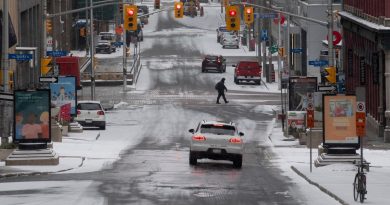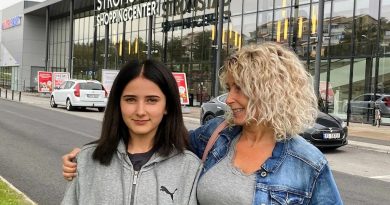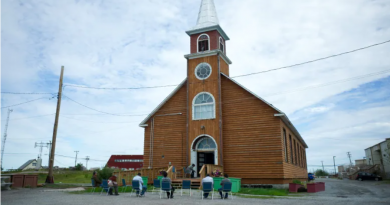Annual race aimed at reviving Inuit dog sledding tradition set to kick off in Nunavik
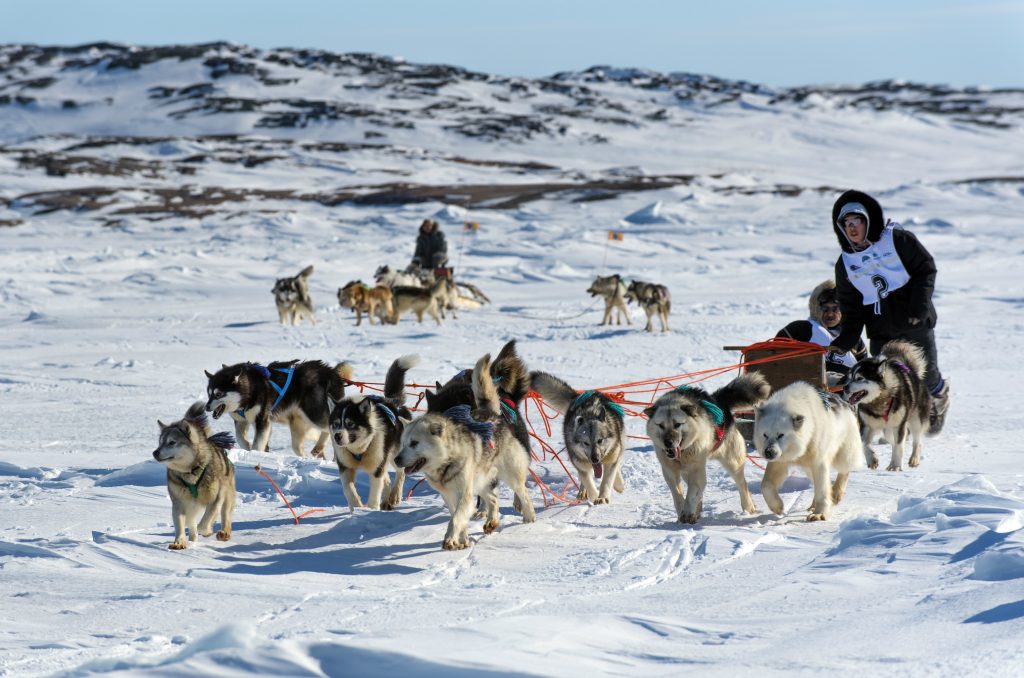
Corporation)
Organizers of the Ivakkak 2018 Inuit dogsled race in Nunavik, in northern Quebec, are putting the finishing touches and praying for some good weather as they scramble to get ready for the kickoff of the event on Monday.
Officials are hoping brutal Arctic cross winds that have been hampering the air lifting of dog teams to the start line in the Inuit community of Tasiujaq on the Ungava Bay coast, nearly 1,500 kilometres north of Montreal, will die down sufficiently to continue the air lift, said Andy Moorhouse, vice-president of Makivik Corporation responsible for Economic Development.
“But we have a couple of extra days to make sure that the teams get there in time,” Moorhouse said in a phone interview with Eye on the Arctic.
Twelve teams – 24 mushers and nearly 140 dogs – from across Nunavik have registered to participate in this 17th edition of the dogsled race organized by the Makivik Corporation, which represents the Inuit of Nunavik, Moorhouse said.
This year’s route will head north along the western coast of the Ungava Bay starting in Tasiujaq and will end in Kangiqsujuaq. The 512-kilometre race will make stops in the Inuit communities of Aupaluk, Kangirsuk and Quaqtaq. If all goes well, the race is expected to end on March 28, 2018, Moorhouse said.
There will be celebratory community events organized at each stop, Moorhouse said.
Inuit mushers and huskies
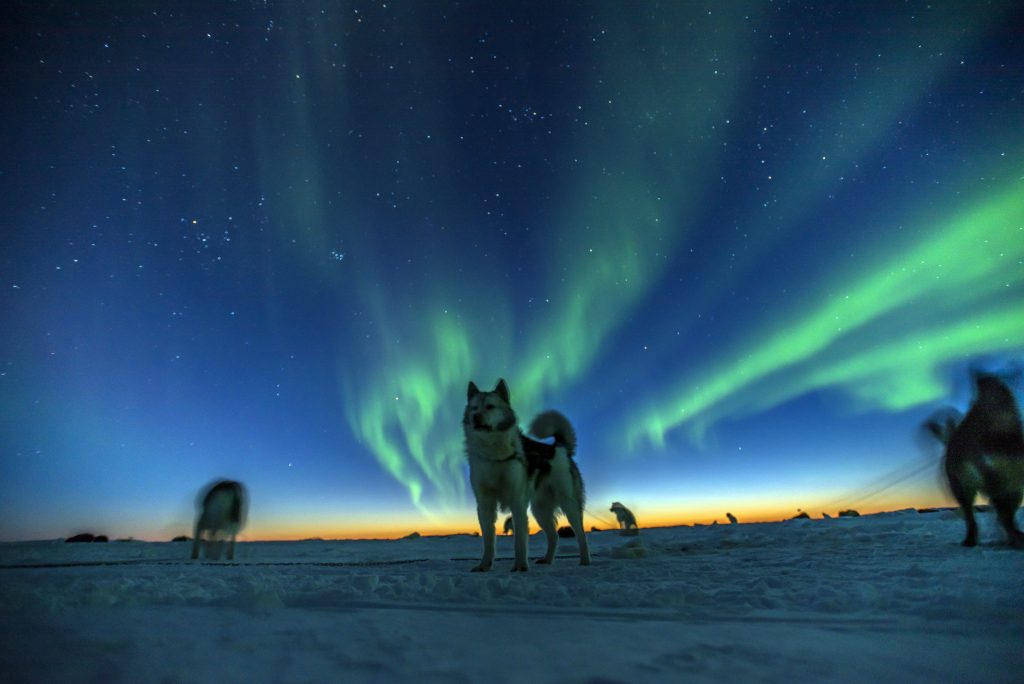
The competition, which cost the organizers about $400,000, including air transportation, is open only to Nunavik Inuit mushers racing with purebred Inuit husky dogs, Moorhouse said.
The goal of the competition is to revive the Inuit dog sledding culture and the traditional Inuit husky breed both of which were nearly wiped out when in the 1950s and 1960s the federal government embarked on a major cull of Inuit dogs, Moorhouse said.
The official reason given for the slaughter was public safety but many Inuit believe the real reason for the cull was to restrict their mobility and confine them to the new government-created permanent settlements.
“The dogs were part of the lifeline of the Inuit,” Moorhouse said.
“They used them for transportation, there were no snowmobiles yet; back then they used them to go hunting; they used them to go fetch some logs for heating their tents; they used them to go hunting for seals, they were good for finding seal breathing holes… so the dogs had a vital role for the survival of the Inuit.”
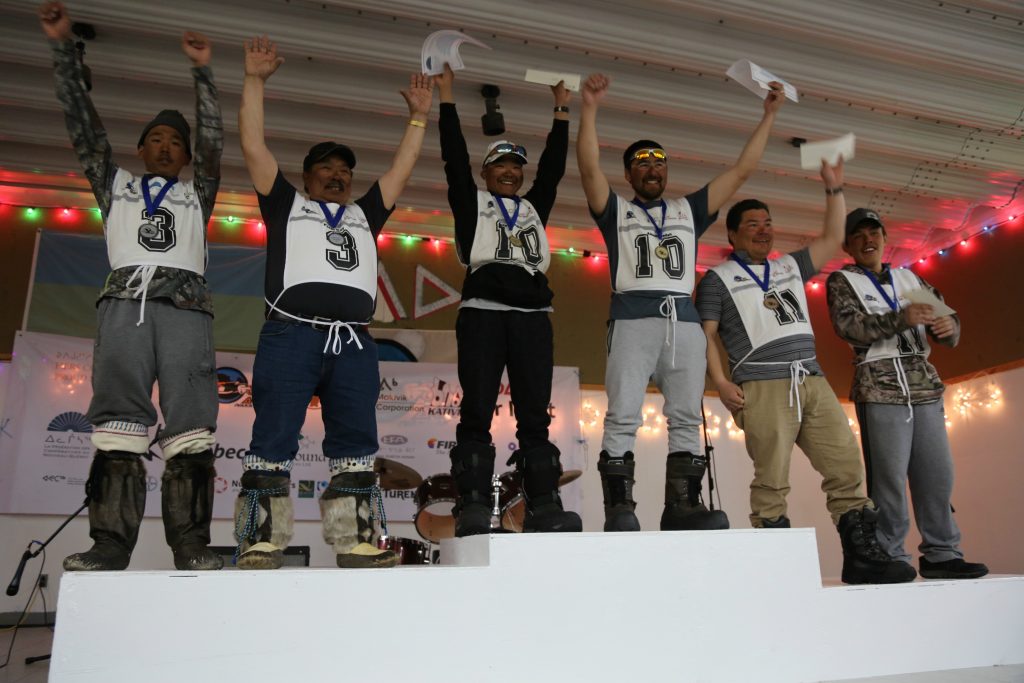
Thanks to the efforts to bring back the Inuit dog sledding tradition, several people across Nunavik now have Inuit husky dog teams for various uses, not just racing, he said.
“There are some communities that have a large population of polar bears that go around the community and the dogs are trained and used for signalling that there is a polar bear close by,” Moorhouse said.
There are about 20 dog teams across Nunavik that participate in dogsled racing events.
Last year’s Ivakkak winners were Aisa Surusilak in first place, Peter ‘Boy’ Ittukallak in second place and Willie Cain Jr. in third place.
This year’s teams are:
Team 1: Johnny Jr. May and Jacob Cain Snowball of Kuujjuaq
Team 2: George Kauki and Ronald Ningiuruvik Turner of Kuujjuaq
Team 3: Aloupa Kauki and Jimmy Kauki of Kuujjuaq
Team 4: Matthew Arngak and Pauli Qisiiq of Kangiqsujuaq
Team 5: Sandy Jaaka and Alec Aupaluk of Kangiqsujuaq
Team 6: Willie Cain Jr. and Ken Lebbe of Tasiujaq
Team 7: Aisa Surusilak and Aipilie Qumaluk of Puvirnituq
Team 8: Jani-Marik Beaulne and Peter Novalinga of Puvirnituq
Team 9: Novalinga Novalinga and Juani Uqaituk of Puvirnituq
Team 10: Harry Okpik and Mathew Airo Okpik of Quaqtaq
Team 11: Peter ‘Boy’ Ittukallak and Eric Ittukallak of Puvirnituq
Team 12: Edua Lucassie and Steven Airo of Kangirsuk
Related stories from around the North:
Canada: Mushers reach halfway point of Yukon Quest sled dog race, Radio Canada International
Greenland: Siberian huskies, Greenland sled dogs share DNA with today’s canine companions, Radio Sweden
Finland: Nordic World Ski Championships in Finland promise medals and magic, Yle News
Norway: Europe’s longest dogsled race lead by four-time Iditarod champion, The Independent Barents Observer
United States: Norwegian Joar Ulsom wins the 46th Iditarod in Alaska, Alaska Public Media

